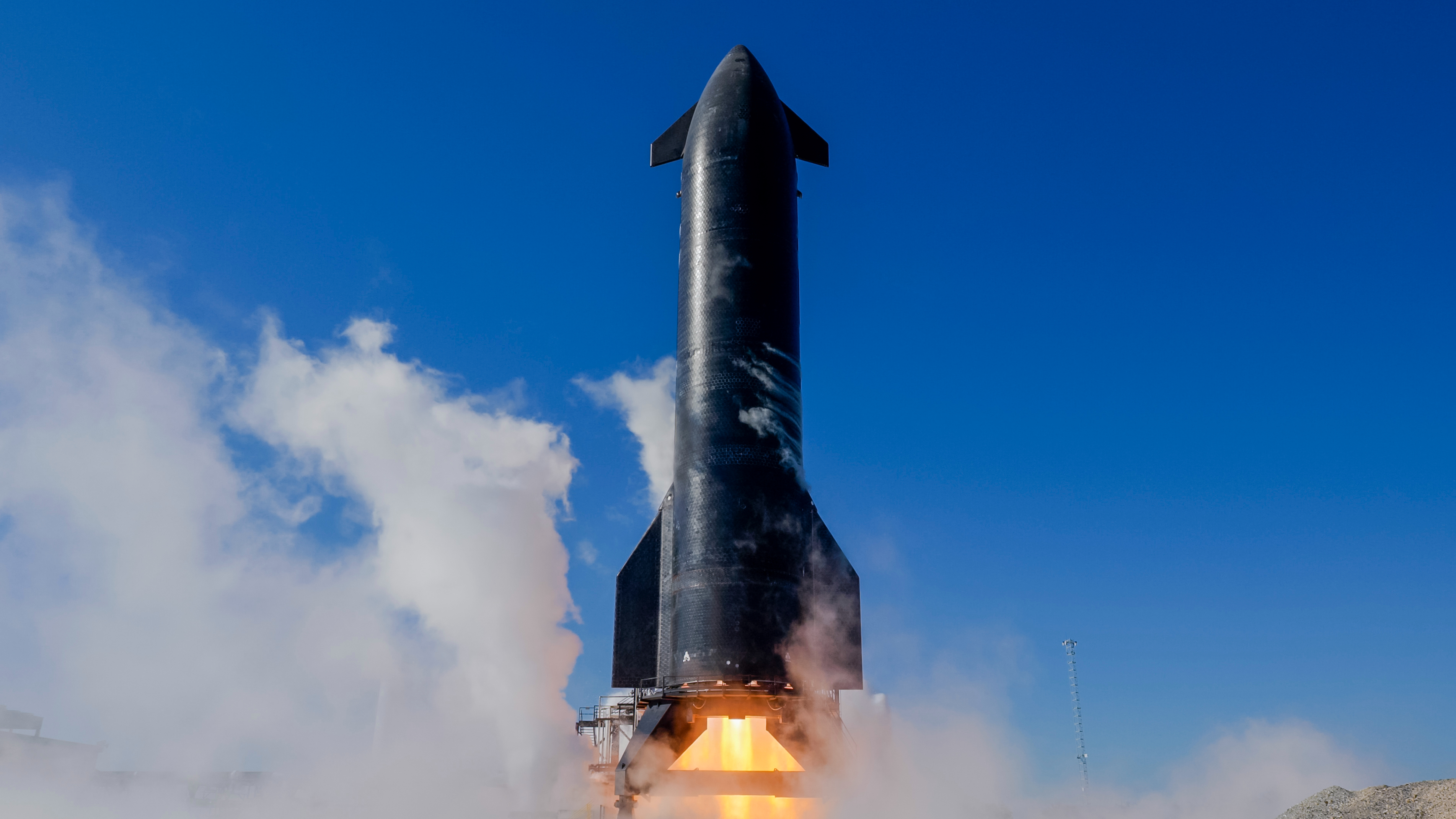
Risks with current Artemis 3 moon landing plan 'may be too high,' NASA safety group says
Oh, the uncertainties...
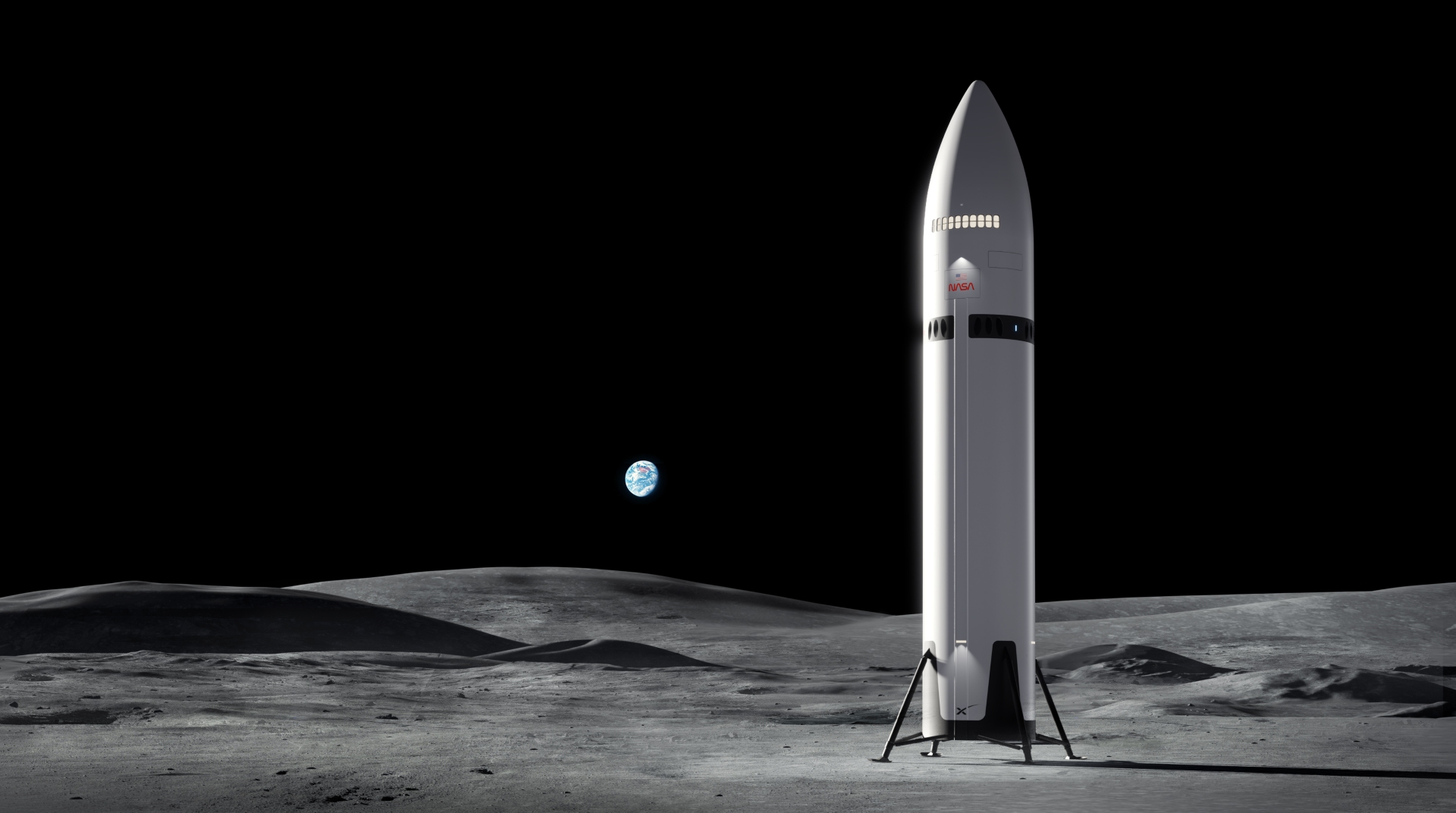
An annual safety report to NASA has both praise for the agency and also underscores a number of cautionary woes, including the space agency’s undertaking of the Artemis back-to-the-moon with humans campaign.
The annual report from the Aerospace Safety Advisory Panel (ASAP) has been released. The report observes that NASA has made impressive progress. Challenges remain, however, and are highlighted in this report.
Of note, this report points to significant safety observations for both the agency's Moon to Mars Program and the current International Space Station operations in low-Earth orbit.
Risk-related issues
The ASAP of experts, led by former NASA astronaut Lieutenant General Susan J. Helms, USAF (Ret.) who chairs the group, notes that there are "considerable risk-related issues" surrounding NASA's planned transition to Commercial low-Earth orbit destinations, "some of which are not wholly within NASA's control."
The just-released ASAP report also touches on relevant areas of human health and medicine in space "and the impact of budget constraints and uncertainty on safety."
The new report has been sent to Janet Petro, NASA Acting Administrator, as well as J.D. Vance, Vice President and President of the Senate and Mike Johnson, the Speaker of the U.S. House of Representatives.
Congress established the ASAP or "Panel" in 1968 to provide advice and make recommendations to the NASA Administrator and Congress on safety matters.
Breaking space news, the latest updates on rocket launches, skywatching events and more!
Artemis: fraught with uncertainty
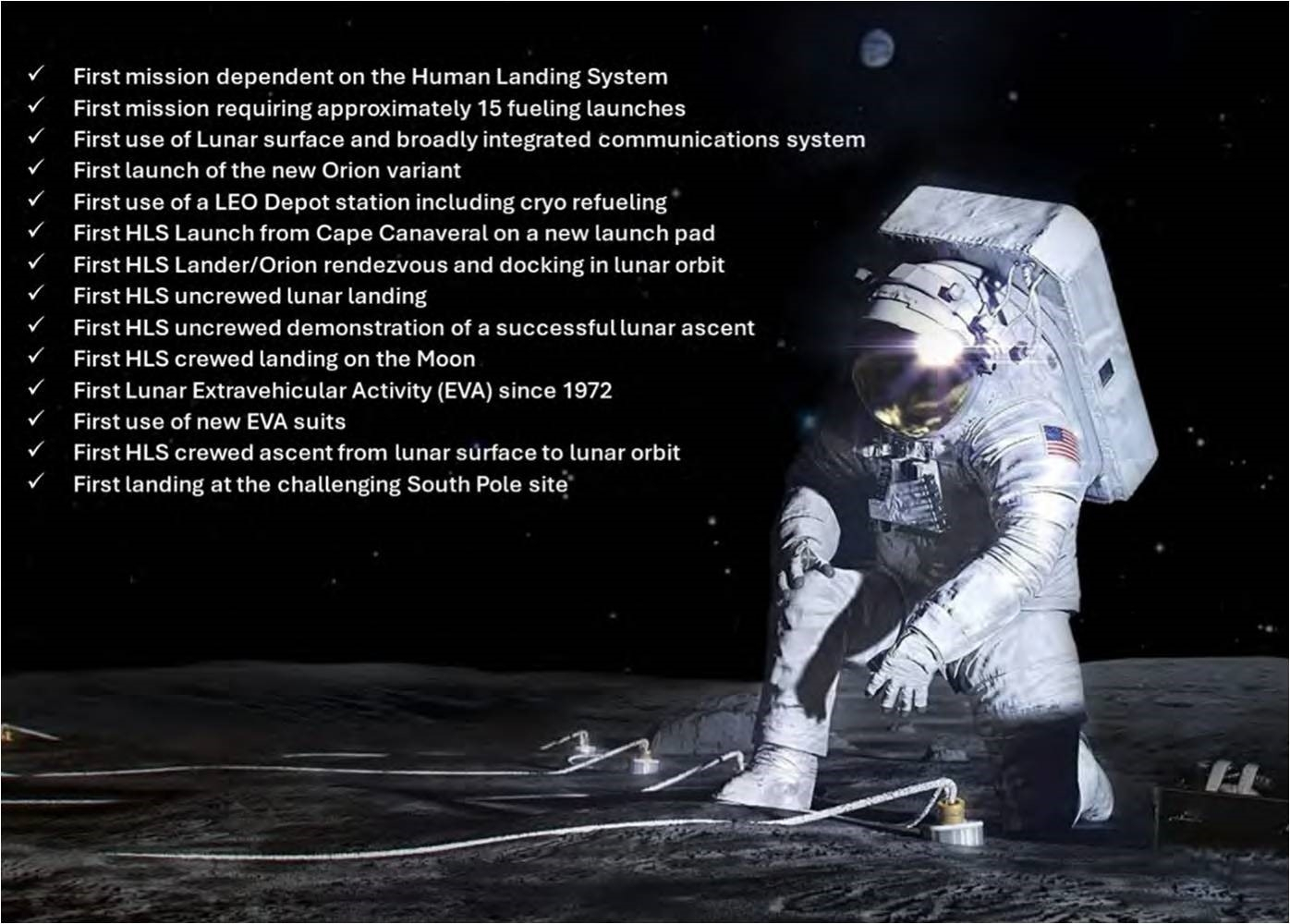
"Of particular concern are the risks surrounding the development, integration, and execution of the Artemis campaign. NASA’s mandate for deep space exploration to Mars and beyond is supremely challenging and fraught with uncertainty," the ASAP report explains.
"A critical steppingstone in the development of human interplanetary travel capabilities and space hardware — and ultimately safe operations and overall mission success — is the safe return to the moon. The moon offers both the opportunity to gain experience operating on a planetary surface and a nearby test bed with an extreme environment akin to Mars,” the report points out.
"Yet, NASA will face a myriad of daunting budgetary, industrial, geopolitical, technical, and health and medical constraints and challenges," the report continues, "as it both executes the Artemis campaign and maintains the Nation’s presence in low-Earth orbit (LEO)."
Physics of failure
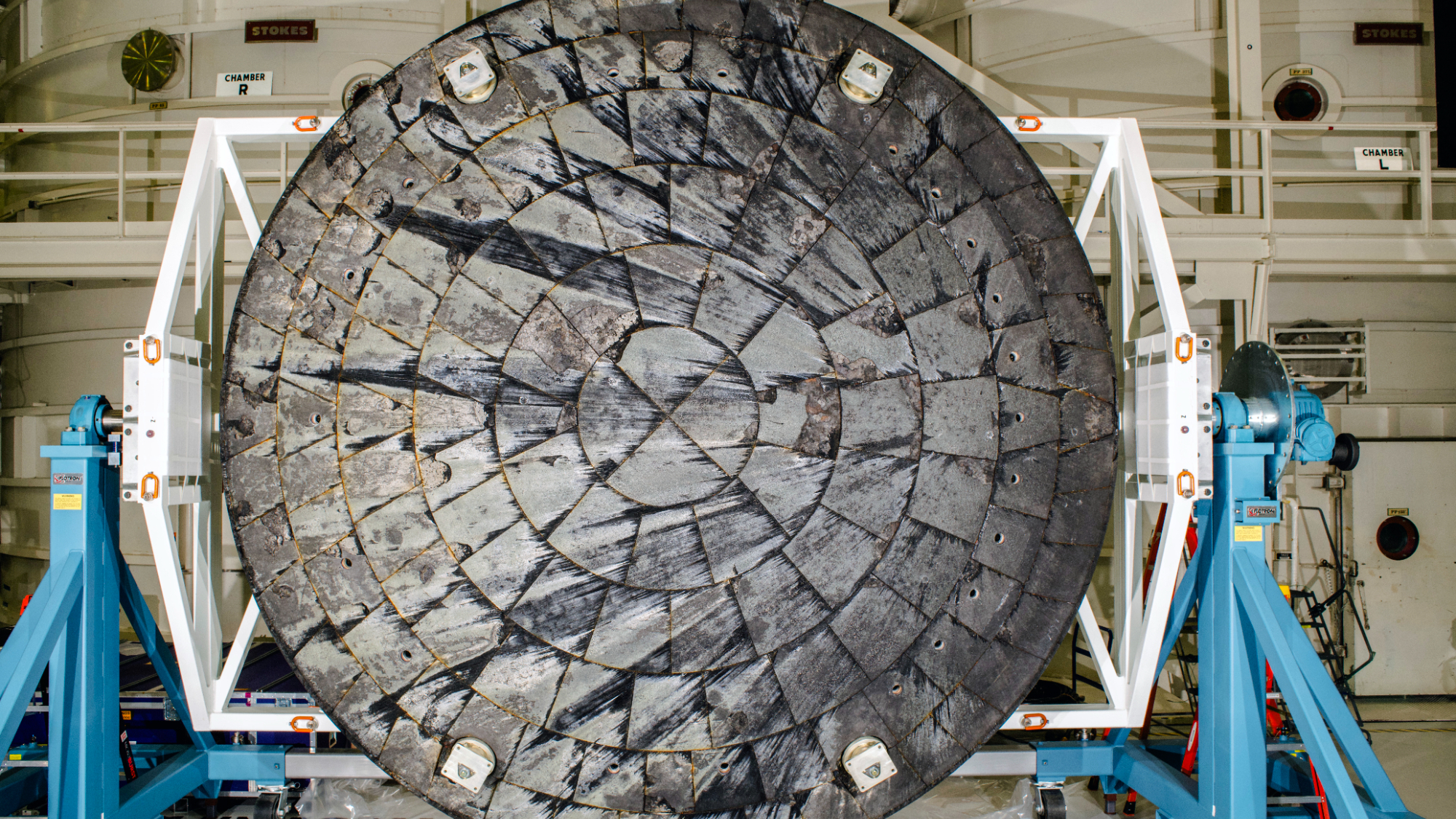
The ASAP flagged the fact that, during 2024, the Orion Program continued proactively investigating the heat shield spalling and char loss that occurred during the Dec. 11, 2022 Artemis 1 mission's Orion capsule entry to Earth.
NASA's focus on understanding the physics of the failure and identifying corrective actions, the ASAP report points out, led to corrective actions for future heat shield assemblies, and entry trajectory changes that can enable the 2026 Artemis II to fly with the existing heat shield.
"The ASAP has not yet reviewed the engineering details of this work and the related risk assessments with NASA. This will be a Panel focus early in 2025," the ASAP report says.
Technical readiness level
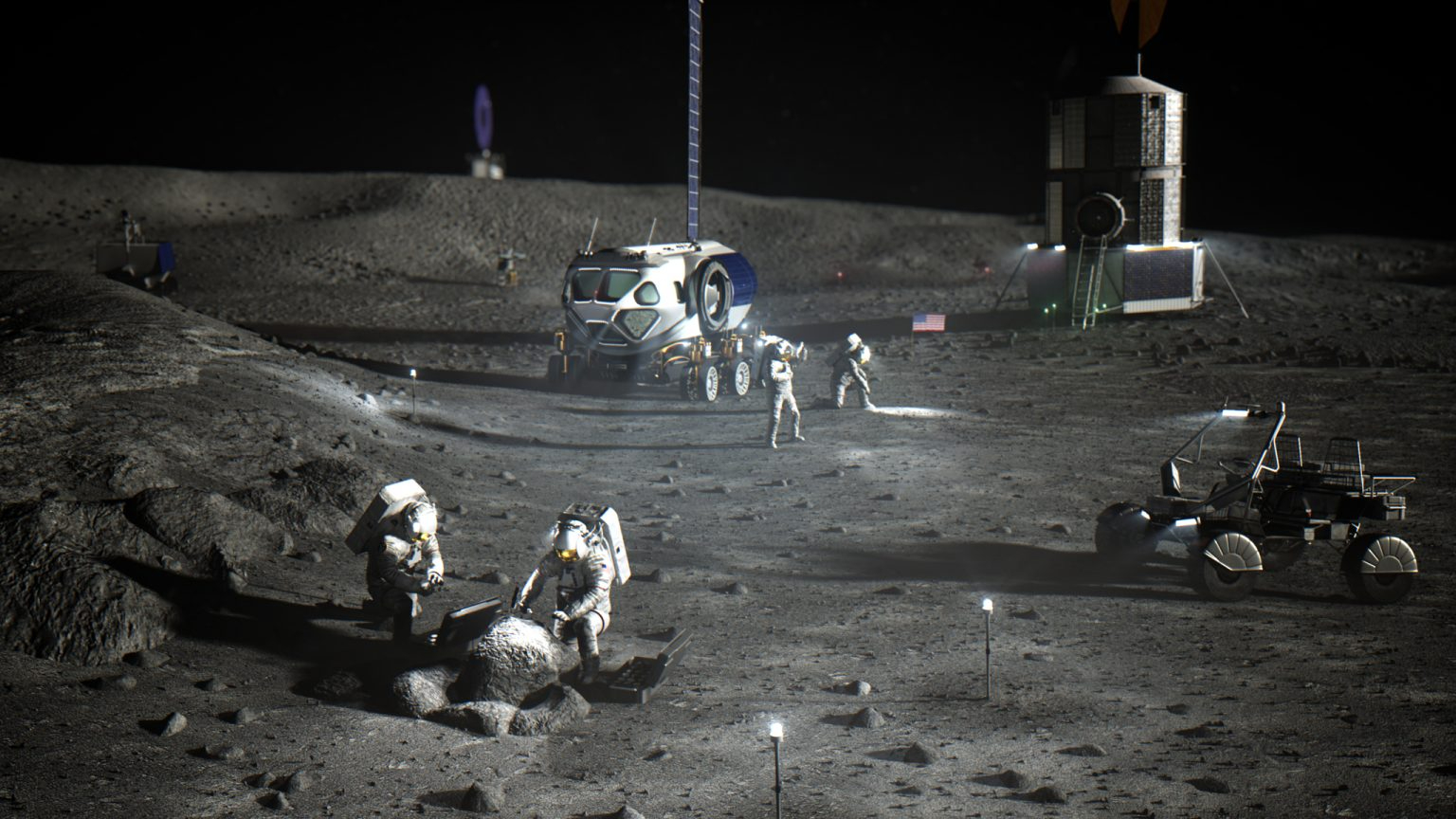
As for the first human return to the Moon, post-Apollo 17 in 1972, Artemis III is planned as a crewed surface landing and exploration of the lunar south pole region in mid-2027, the Panel "remains very concerned that, on the current schedule and with the current technical readiness level of some segments of the architecture, the Artemis 3 mission is oversubscribed."
As it has in the past, the ASAP views the aggregated risk associated with accomplishing "so many 'first-time' milestones, including several critical prerequisite demonstrations, may be too high," the 2024 report reiterates.
There remain extraordinary challenges for the Artemis “rebooting” of the Moon, such as the delivery of fuel to orbit, cryogenic refueling, and long-duration storage in space; the human landing system (HLS) and Orion mating; and HLS successful descent to and ascent from the lunar surface “are just a sample of critical test objectives that must be successfully demonstrated,” the report says, “to ensure risks are managed appropriately prior to a crewed mission.”
Safety culture
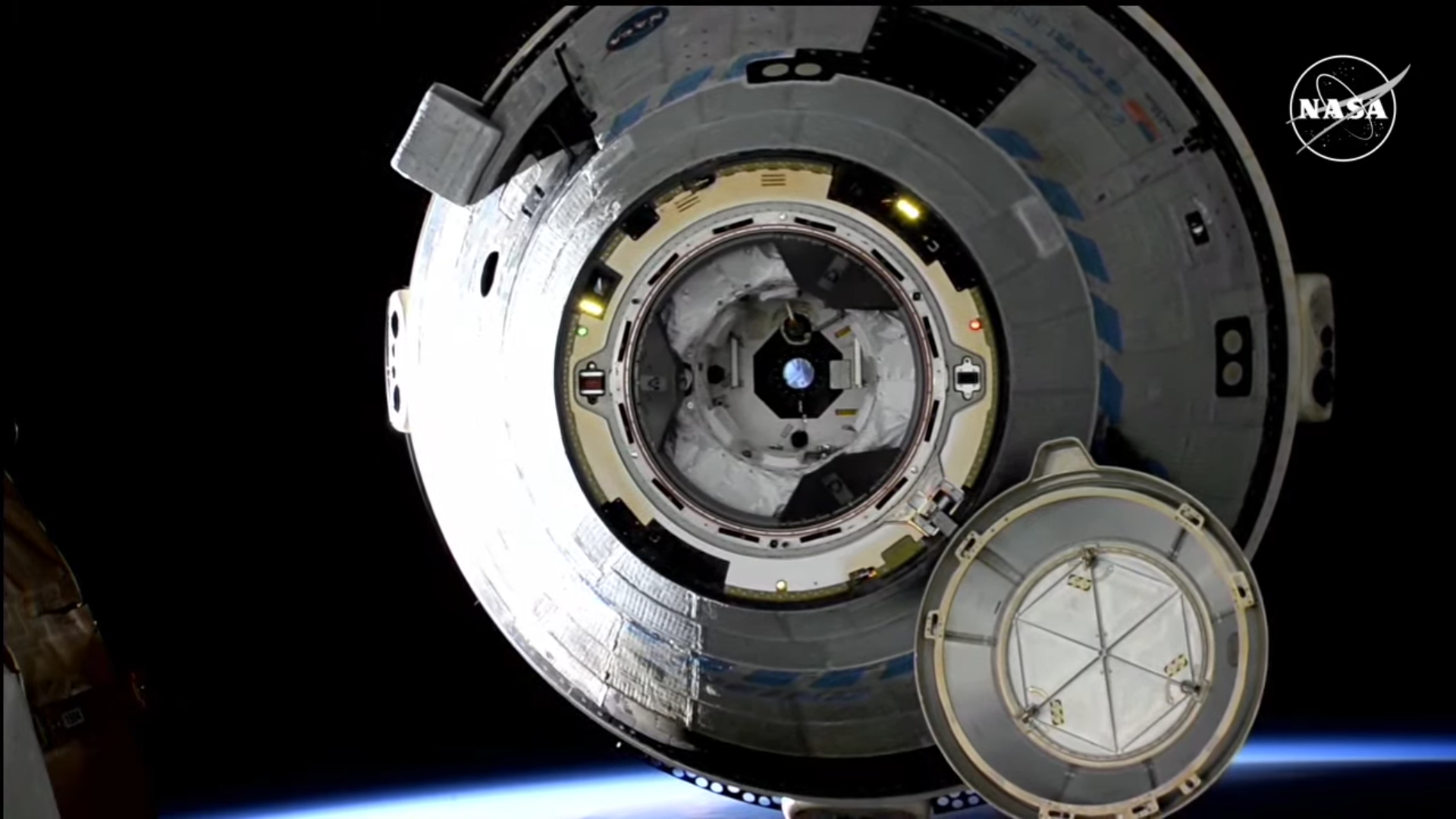
Also spotlighted in the report is the Boeing Starliner crewed flight test (CFT), labeling it as “A Case of Safety Culture.”
“Ultimately, the resolution of the Starliner CFT anomaly demonstrated that, even in the face of unexpected and complex challenges, NASA’s commitment to safety is unshaken,” the report states. “The lessons learned from the past tragedies of Challenger and Columbia continue to influence the Agency’s safety culture today, ensuring that risk management and crew safety are paramount in every decision.
The ASAP adds that, while the Starliner thruster issues received considerable attention, the Panel had previously noted other Starliner issues “that require resolution prior to certification, such as a battery redesign plan and ongoing work to strengthen the landing airbag backing panel to increase operational flexibility,” the report notes.
And, beyond these technical matters, the report continues, “schedule and budget pose substantial challenges to Starliner certification.”
Tempo of SpaceX operations

Tagged as a concern by the ASAP is the tempo of SpaceX operations, given the increased pace of Falcon 9 operations, the addition of U.S. west coast–based Dragon crew hops to space and cargo spacecraft recovery, as well as the contract award of the United States Deorbit Vehicle (USDV) for downing the International Space Station, along with the ongoing large-scale Starship development program.
"The ASAP cautions NASA and SpaceX to maintain their intense focus on safe Crew Dragon operations and be alert both to complacency and schedule pressure. NASA and SpaceX must guard against allowing the fast-paced operating environment to interfere with sound judgment, deliberate analysis, and careful implementation of corrective actions," the report states.
Budget uncertainty
An even greater challenge is underscored in the ASAP report – the persistent budget uncertainty stemming from Congress’s failure to provide timely and definitive appropriations.
“This ambiguity significantly hampers NASA’s ability to plan for and execute highly technical missions. Budget uncertainty can escalate risks during development and create operational risks later on. It also diverts attention from critical work, introduces inefficiencies, and delays important decisions that directly impact safety and mission success,” the Panel report says.
“Given the likelihood that Congress will not provide timely budget clarity, NASA must be candid about the consequences of operating within this uncertainty. Congress and other stakeholders must also understand the negative impacts this uncertainty has on NASA’s ability to execute missions safely and effectively.”
To access the full ASAP report for this year issued on Feb. 5, and previous years, go to: https://www.nasa.gov/asap-reports/.
Join our Space Forums to keep talking space on the latest missions, night sky and more! And if you have a news tip, correction or comment, let us know at: community@space.com.

Leonard David is an award-winning space journalist who has been reporting on space activities for more than 50 years. Currently writing as Space.com's Space Insider Columnist among his other projects, Leonard has authored numerous books on space exploration, Mars missions and more, with his latest being "Moon Rush: The New Space Race" published in 2019 by National Geographic. He also wrote "Mars: Our Future on the Red Planet" released in 2016 by National Geographic. Leonard has served as a correspondent for SpaceNews, Scientific American and Aerospace America for the AIAA. He has received many awards, including the first Ordway Award for Sustained Excellence in Spaceflight History in 2015 at the AAS Wernher von Braun Memorial Symposium. You can find out Leonard's latest project at his website and on Twitter.
-
Unclear Engineer The ASAP also discussed the Boeing StarLiner situation, and noted an additional failure of one of the rocket motors on the capsule itself during the crewless return flight last fall. See https://www.orlandosentinel.com/2025/02/07/watchdog-panels-annual-nasa-safety-report-reveals-new-boeing-starliner-issue-questions-viable-future/ . (Why doesn't Space.com report on that?)Reply
Another concern I have about this article is that it seems to conflate 2 different types of risk. One is the risk that crew will be injured or killed. The other is that the schedule will slip. Most of the risk issue bullets were of the second type. At least in my view, the risk of the schedule slipping is more of a political issue, which becomes a funding issue.
But, there is a relationship between the funding concerns and the willingness to take risks with crew, so both are worthy of concern, even if you don't think that keeping to the advertised schedule is really important from a scientific perspective. -
m4n8tpr8b Some other firsts omitted in the diagram:Reply
Use of a lift to lower payload & astronauts from the HLS to the ground (risks: malfunction, tipping over on unstable ground)
Ascent without separate descent & ascent modules (risk: damage to ascent thrusters during landing due to dust & rocks kicked up from the lunar surface)
Elongated polar orbit for the orbiter (risk: narrow & infrequent time windows for the lander to meet up & dock with the orbiter, no opportunity for emergency evacuation at any time)And, of course, the biggest risk is that DOGE will eliminate government oversight and any technical issues will be buried with greater ease than back when Sally Ride had to leak the real reason of the Challenger disaster. -
newtons_laws One thing about the proposed Artemis mission architecture that really seems astonishing is that it requires no less than 15 fueling launches! OK I know the system has a much larger Human Landing System than the old Apollo LM and that they are targetting the lunar south pole region with a maximum stay on the lunar surface of about a week, but Apollo 17 was able to spend 75 hours on the lunar surface back in 1972 with just one launch needed for the entire mission. Makes you appreciate even more what a great capability the later Apollo missions had reached.Reply -
palmerfralick you leave the pad you are entering a very dangerous, unforgiving and dare we say risky environment. Did NASA have a risk assessment calculation or odds for success with the Apollo landings? was it 50 -50, 70 -30, 90 -10? I doubt it is was 100% and what sort of odds for success is NASA aiming for with Artemis?Reply -
Unclear Engineer Risk assessment has advanced a lot since the 1960s. I doubt that NASA made quantitative risk assessment for entire missions at that time. But, if they did, the bottom line results were probably not very reliable, and the uncertainties in such results would probably have been grossly underestimated.Reply
Even today, risk models are probably still better for quantifying the effects on risk from specific decisions due to the risks that we can understand, compared to providing total risk numbers, because there are still many things that we do not understand well enough. -
m4n8tpr8b Reply
The need for that many launches (and I suspect it will be significantly more than 15 with current Starship technology) is in large part because the HLS is much larger, and to a smaller part because Starship is reusable while Saturn V wasn't. The length of the mission or the polar orbit count less. (For the same reason, in theory, SLS would be enough for an Apollo-style mission with a single-use lunar lander. But, while I think it was a bad choice to use a rocket as big as Starship for HLS, I also think it is a good idea for the HLS to be a multi-use shuttle.)newtons_laws said:One thing about the proposed Artemis mission architecture that really seems astonishing is that it requires no less than 15 fueling launches! OK I know the system has a much larger Human Landing System than the old Apollo LM and that they are targetting the lunar south pole region with a maximum stay on the lunar surface of about a week, but Apollo 17 was able to spend 75 hours on the lunar surface back in 1972 with just one launch needed for the entire mission. Makes you appreciate even more what a great capability the later Apollo missions had reached.
